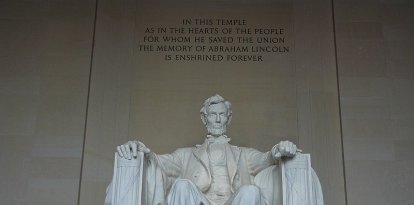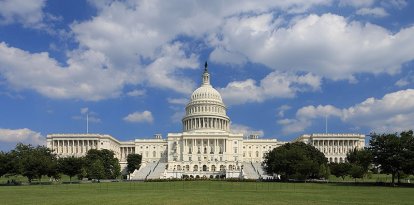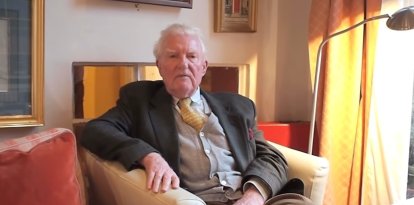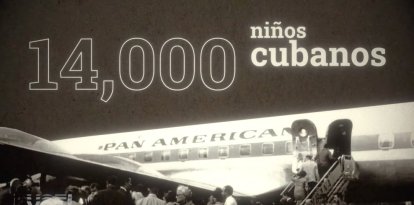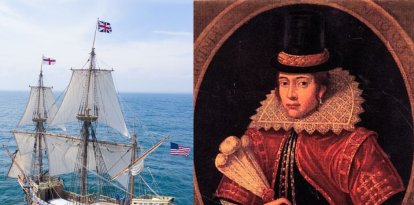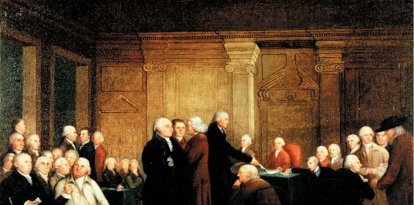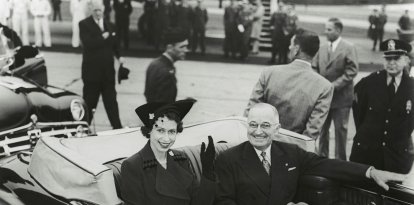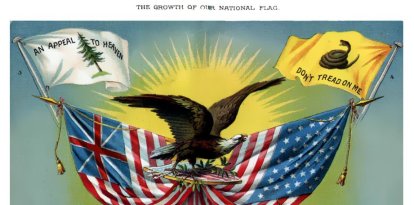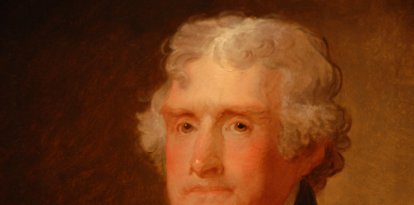July 4: What role did Spain play in helping the United States declare independence?
The 13 original colonies gained independence from Great Britain with the help of the Spanish empire.
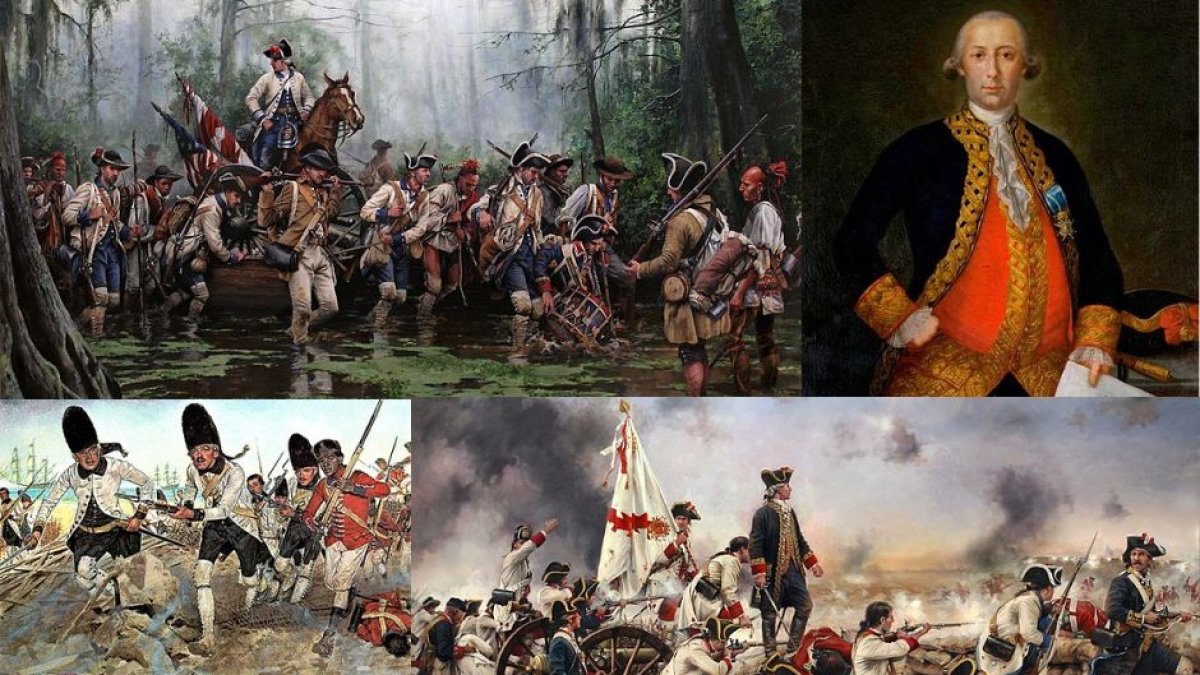
(Wikimedia Commons)
The United States owes part of the independence it celebrates each 4th of July to many countries that helped the Continental Army fight for independence from Great Britain. Spain played a special role that historians rightly recognize. Without a doubt, Hispanics played an important role the 4th of July and the United States' independence.
The Spanish Empire reached its maximum territorial extension in 1790. By then, the Spanish possessions in America bordered the original 13 Colonies that proclaimed their independence from the British crown in 1776 and officially in 1783 with the Treaty of Paris.
To commemorate the date of the United States' independence from British rule, the Hispanic Council, a think tank dedicated to the study of U.S.-Hispanic relations, shed some light on some of the Spanish people who profoundly marked the history of the United States and actively fought for its independence.
The United States' first secret service
The Hispanic Council's list begins with Juan de Miralles, an Alicante native who moved to Havana and from there organized Spanish trade with the Thirteen Colonies. Thanks to an excellent relationship with both the loyalists of King George III of Great Britain and George Washington's Continental Army, Juan de Miralles was able to organize what was perhaps the United States' first secret intelligence service.
Spanish muskets and bayonets
Diego de Gardoqui was Spain's first ambassador to the United States. But before being appointed to that role, Gardoqui played a major role in the Continental Army. When the British were besieging the coasts of the Thirteen Colonies, Gardoqui, through his merchant company, supplied the Americans with 18,000 blankets, 11,000 pairs of shoes, 30,000 uniforms, 4,000 tents, 215 cannons, 30,000 muskets, 30,000 bayonets, 300,000 pounds of saltpeter to make gunpowder.
In favor of Independence
The Count of Floridablanca, José Moñino y Redondo, was the Spanish statesman who guided the foreign policy of the Empire in favor of the independence of the United States. He served as Secretary of State for King Charles III and designed all the plans to support the rebels, without directly involving Spain. He also ordered that American ships be allowed to dock in Spanish-controlled ports in the New World.
The Battle of St. Louis, Missouri
Spain officially went to war against Great Britain in 1779. A year later, the British attacked the city of St. Louis, Missouri. The objective of King George III's forces was to put an end to the revolutionaries' attacks, led by George Rogers Clark, who worked closely with Fernando de Leyba, who led the Spanish forces in St. Louis. When the British attacked the city, the Spaniards faced them with only 29 regular soldiers and about 170 militiamen. The Spanish victory was instrumental in keeping Clark's forces operating on the east bank of the Mississippi.
Victory on the seas
The British Royal Navy's greatest debacle to date occurred during the War of Independence at the hands of a Spanish squadron. Luis de Córdova, a sailor from Seville, captured 52 British ships in the Atlantic Ocean that sailed to America loaded with muskets and barrels of gunpowder. Only three British ships got away from the Spanish. The lack of this important supply convoy was key to the victory of the Continental Army.
Pensacola 1781
Bernardo de Gálvez was the governor of Louisiana and many consider him to be the most acclaimed Spaniard of all those who participated in the United States' fight for independence. His efforts earned him the title of one of eight honorary citizens of the United States and his portrait hangs on the walls of the Capitol in Washington, D.C. Bernardo de Gálvez is remembered for his battles at Mobile and Pensacola as well as for his work defending the Florida coast. He also won battles at Fort Manchac and Baton Rouge.













